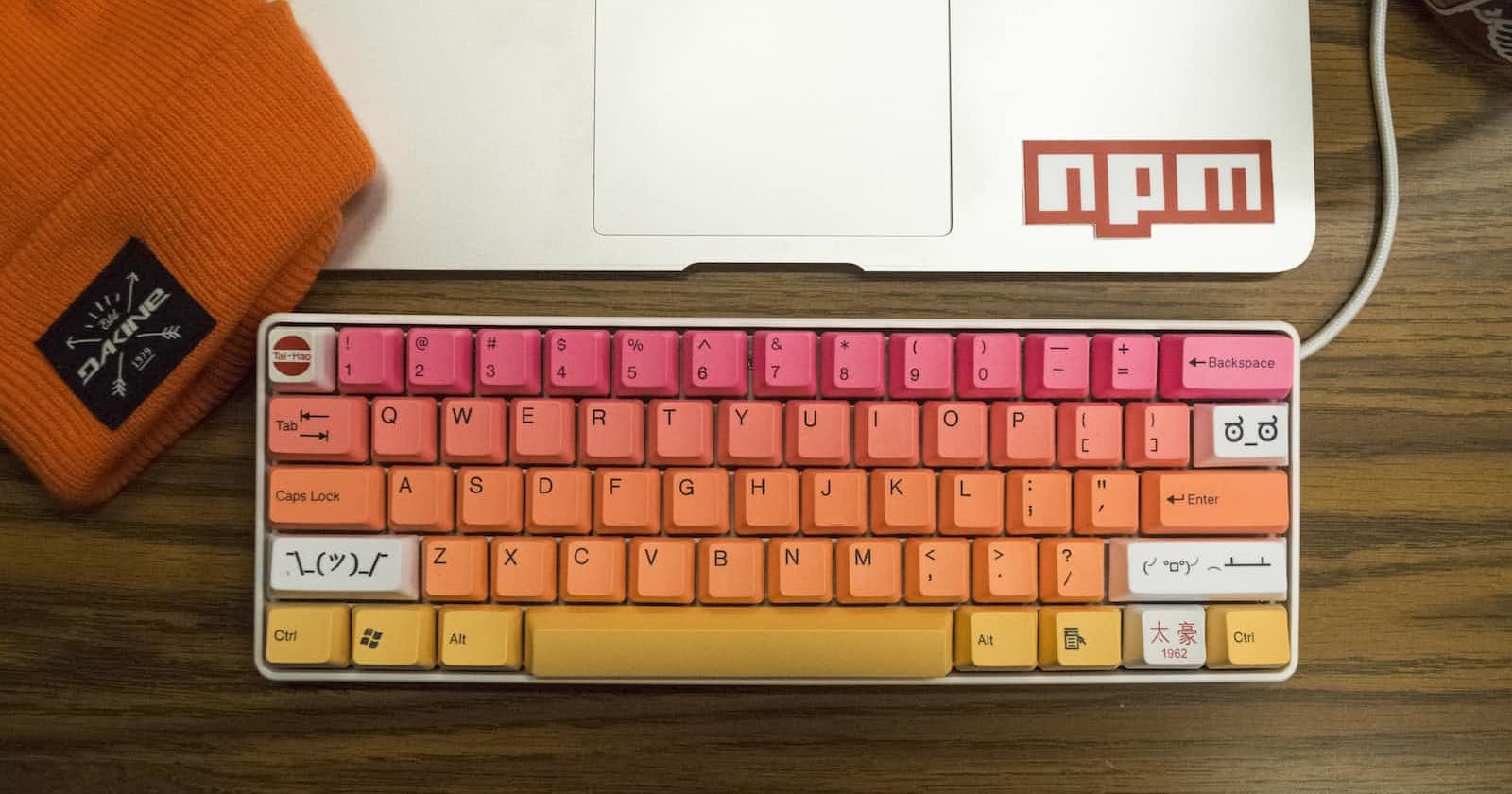A Beginner's Guide to npm: How to Install and Use Packages
How npm Can Help You Save Time and Effort in Your Projects
Are you new to the programming world and wondering what npm is and how to use it? If so, you're in the right place!
First, let's start by defining some key terms. Npm (short for Node Package Manager) is a software tool that allows you to quickly install and manage packages or libraries of code. These packages are collections of code written by other developers that you can use in your projects to save time and effort.
Now that we've defined npm and packages let's discuss why you need them. As a developer, you'll often find yourself working on projects that require certain functionality or features. Instead of starting from scratch and writing all the code, you can use packages to add the functionality you need quickly. This can save you time and effort and allow you to focus on other aspects of your project.
So, now that you know what npm and packages are and why you need them, let's dive into how to install and use them.
To install a package with npm, you'll need to ensure you have npm installed on your computer. If you're not sure, you can check by opening a terminal or command prompt and typing the following:
npm -v
This will show you the version of npm you have installed and whether it's up-to-date.
Once you've verified that you have npm installed, you can install a package by using the following syntax:
npm install <package_name>
For example, if you want to install the "lodash" package, you would type the following into your terminal:
npm install lodash
This will download the package and install it on your computer, ready for you to use in your project.
If you want to uninstall a package, you can use the following syntax:
npm uninstall <package_name>
For example, if you want to uninstall the "lodash" package, you would type the following into your terminal:
npm uninstall lodash
This will remove the package from your computer, freeing up space and allowing you to use a different package if needed.
Here's a brief example of how to use npm to install and use a package in your project. Let's say you're working on a project that requires you to manipulate arrays (collections of data) in some way. You could use the "lodash" package to help with this. First, you would install lodash by typing the following into your terminal:
npm install lodash
Then, in your project code, you would include the following lines to import and use lodash:
const _ = require('lodash');
// Use lodash to manipulate an array
const myArray = [1, 2, 3, 4, 5];
const doubledArray = _.map(myArray, (num) => num * 2);
console.log(doubledArray); // Output: [2, 4, 6, 8, 10]
We first use the "require" function in this example to import the lodash package into our project. Then, we use lodash's "map" function to double each element in the "myArray" array and store the result in a new array called "doubledArray."
In conclusion, npm is a powerful tool that allows developers to install and manage code packages quickly. These packages can save time and effort when working on projects and provide a wide range of functionality and features. By learning to use npm, developers can quickly and easily add the functionality they need to their projects and focus on other aspects of their work. Whether you're a beginner or an experienced developer, learning to use npm is a valuable skill that can help you be more efficient and effective in your work.
